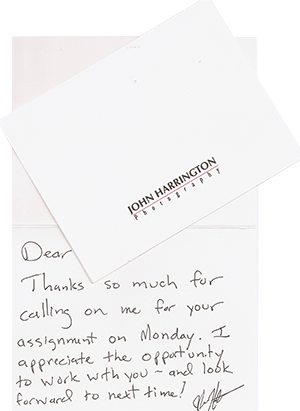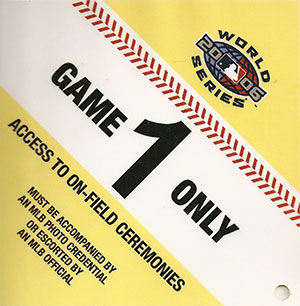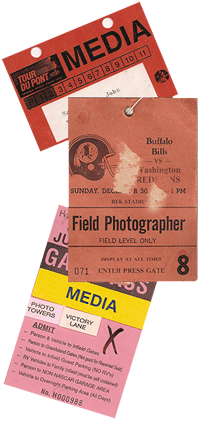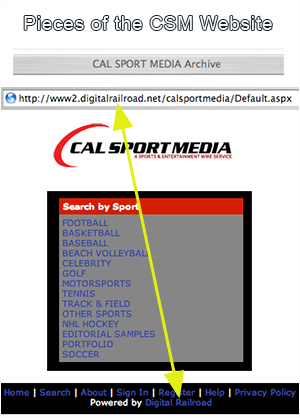 It has come to my attention that some readers would rather I not post items about how bad spec is, or what Getty/et al are doing to damage the business, and that, somehow, I should just ignore it, and instead, just do pieces about how we can improve our own businesses.
It has come to my attention that some readers would rather I not post items about how bad spec is, or what Getty/et al are doing to damage the business, and that, somehow, I should just ignore it, and instead, just do pieces about how we can improve our own businesses.
Not gonna happen. But....
What I will endeavor to do, is whenever I do a piece on an agency, or a piece on spec, or otherwise some form of a criticism, or all-out dissertation on how an organization is bad for photographers, I will post a second piece, at the same time, that fills the requests for "solutions" articles, or otherwise useful information, so, those days will become "two-fer" days, where you'll get two pieces, not just one.
Something for everyone. Everyone benefits. Everyone remains informed.
(Comments, if any, after the Jump)
Please post your comments by clicking the link below. If you've got questions, please pose them in our Photo Business Forum Flickr Group Discussion Threads.
[More: Full Post and Comments]
![]() This week's Week In Review takes us on location to the National College Media Convention being held in Washington DC, as well as the first of three stops of the Flying Short Course during it's local Washington DC stop, enroute Chicago and San Jose, CA.
This week's Week In Review takes us on location to the National College Media Convention being held in Washington DC, as well as the first of three stops of the Flying Short Course during it's local Washington DC stop, enroute Chicago and San Jose, CA. The value of thank you notes - hand written ones - should not be under-estimated.
The value of thank you notes - hand written ones - should not be under-estimated.  A common practice in business is to carry liability insurance. I certainly carry a $2m policy in the event that an incident takes place on an assignment and I am sued to determine liability. Every time there is a major event at the US Capitol, they require me and all other press organizations to provide a Certificate of Insurance, listing them as an "also insured", so, in the event I drop something onto someone from my perch making images, or otherwise injure someone, that the Congress isn't liable. Further, on the occasions that I have done weddings, venues like the Four Seasons hotel have a contract that protects them, that requires me to provide a COI.
A common practice in business is to carry liability insurance. I certainly carry a $2m policy in the event that an incident takes place on an assignment and I am sued to determine liability. Every time there is a major event at the US Capitol, they require me and all other press organizations to provide a Certificate of Insurance, listing them as an "also insured", so, in the event I drop something onto someone from my perch making images, or otherwise injure someone, that the Congress isn't liable. Further, on the occasions that I have done weddings, venues like the Four Seasons hotel have a contract that protects them, that requires me to provide a COI. There is a continuum of those needing credentials to cover sports and news events, they are:
There is a continuum of those needing credentials to cover sports and news events, they are: Cal Sport's Media's John Green, said "I can’t speak for anyone other than CSM", and then went on to say "We decided to invest our capital, our time, and our heart and soul, no matter how daunting the task, and take control of our destinies, instead of have the terms dictated to us by others. If that’s destroying the industry, then industry be dammed." Yet, the the limited capital you've invested is in paying for the
Cal Sport's Media's John Green, said "I can’t speak for anyone other than CSM", and then went on to say "We decided to invest our capital, our time, and our heart and soul, no matter how daunting the task, and take control of our destinies, instead of have the terms dictated to us by others. If that’s destroying the industry, then industry be dammed." Yet, the the limited capital you've invested is in paying for the 